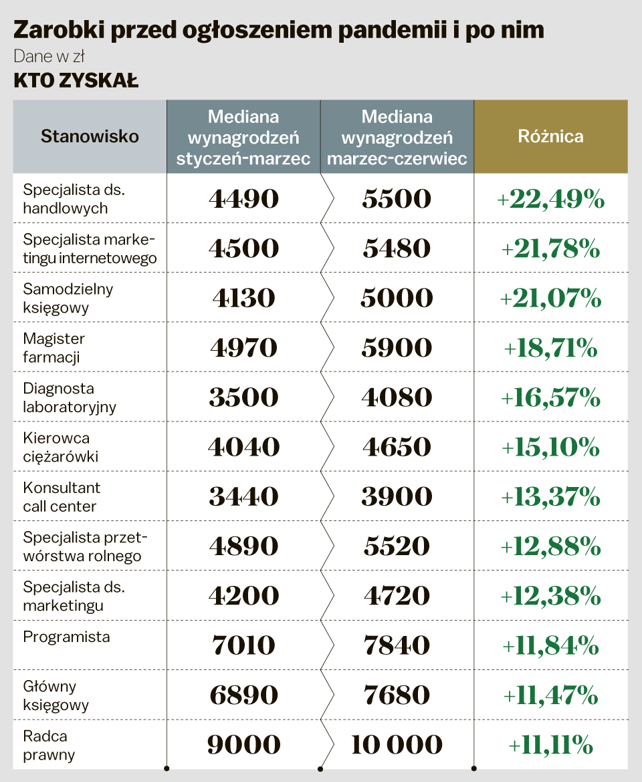A pandemic, as a common phenomenon, encourages generalizations: a crisis is looming ahead of us, inflation is rising, it’s going to hurt your wallet. However, nothing is so either/or, and most certainly not business. The budgets of many groups have actually suffered – HoReCa, construction or aviation-related employees can be mentioned here, but there are also those that have gained from the pandemic. These are, for example, professions related to trade and marketing, pharmacy, law and widely understood IT.
Why is this is so significant? Industries that require a richer portfolio from customers – such as automotive, tourism, electronics or real estate – should take their growing purchasing power into account. In the real estate industry, for example, the issue of having cash when applying for a loan is extremely important. For professions that have moved to the ‘home office’, a changes in basic needs is evident. Moving out of town requires finding a home or row-house also raises the need for you to own a car and a new laptop. When there is no possibility of getting out of the city permanently, there is still an escape to a paradise island and catch some rest and relaxation on the beach.
Marketing potential lies in the details – it’s worth analysing which segments now have greater purchasing potential and taking advantage of this knowledge to create their segmentation strategy and further in creating precise messages for them.
Source: Polish National Remuneration Survey, Sedlak & Sedlak


